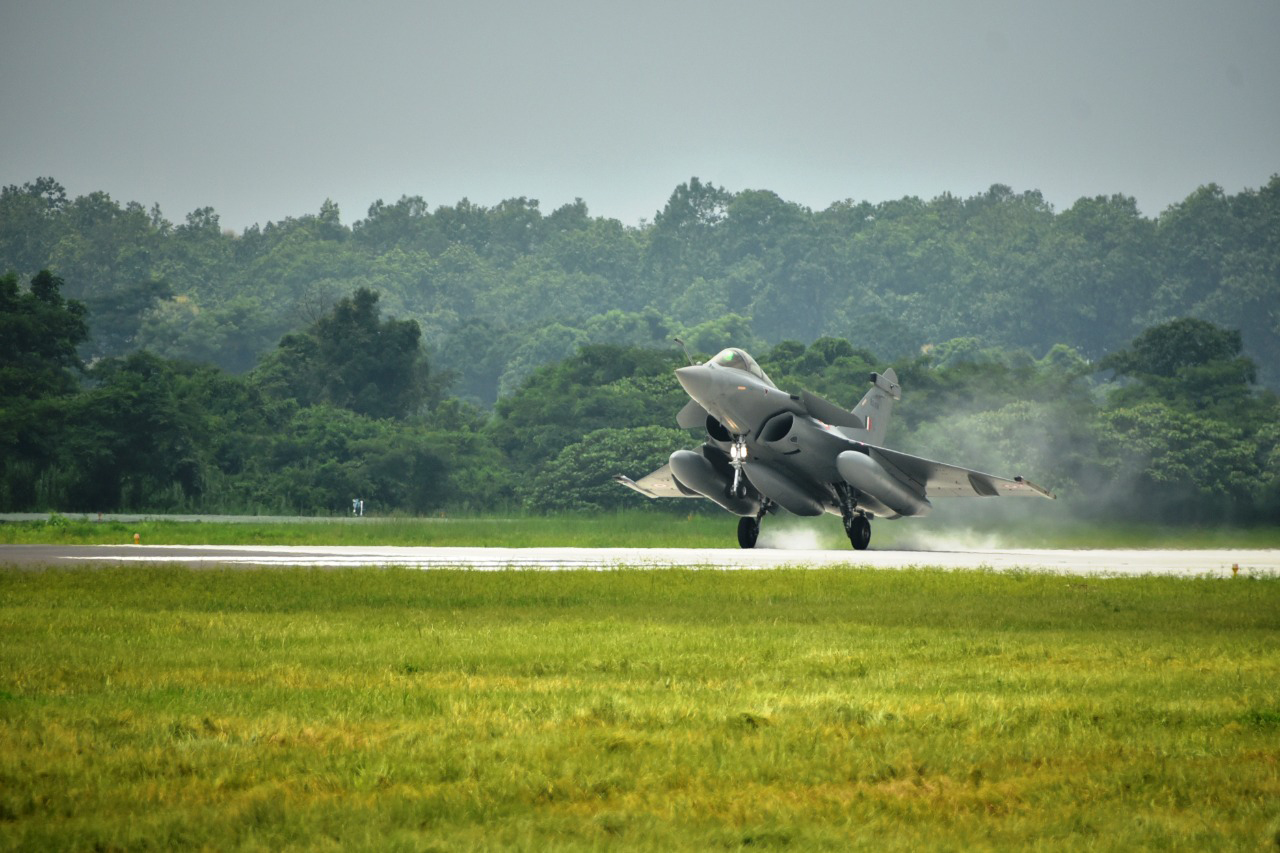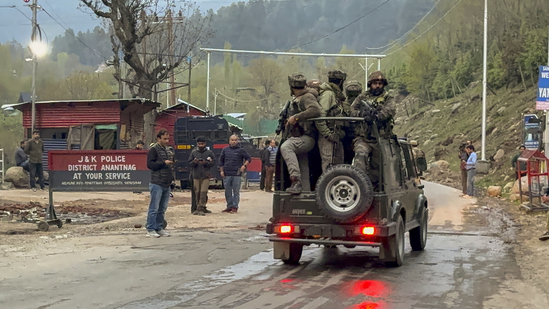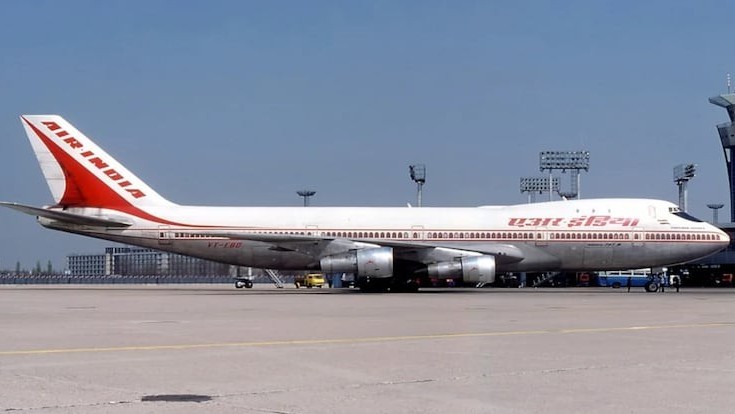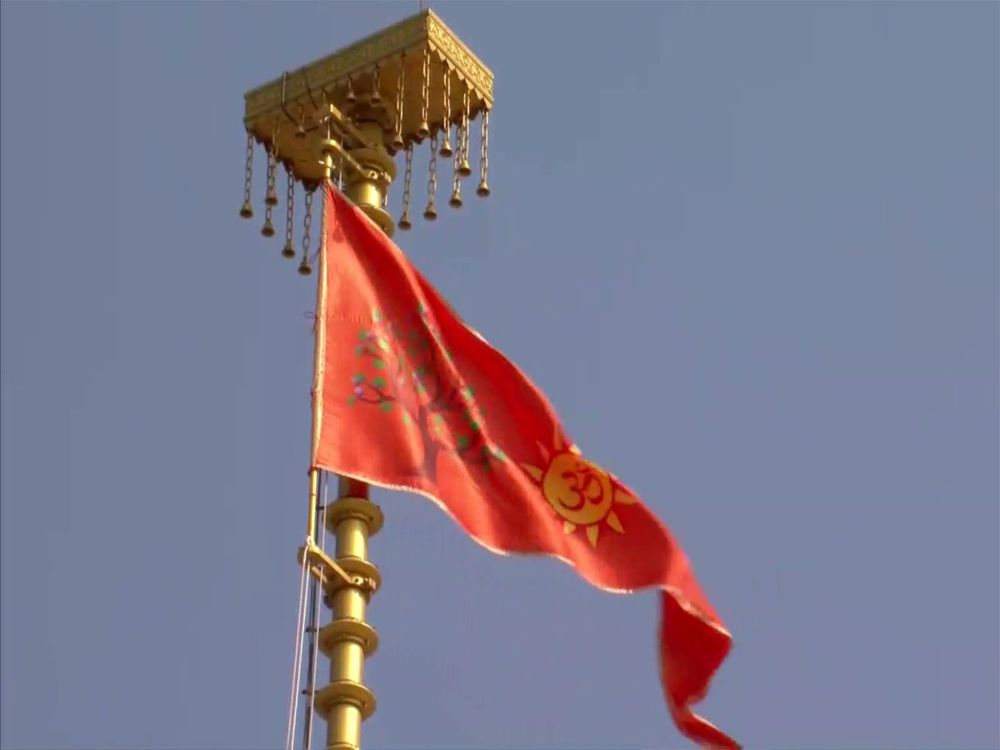The Chinese Army has increased its activities along the Barahoti area in Uttarakhand along the Line of Actual Control
Our Bureau
Leh/New Delhi
The Indian Air Force (IAF) got a major boost along the China border in the northeast as the force made its second Rafale fighter aircraft squadron operational on Wednesday. The Rafale aircraft which have already arrived in Ambala flew to the Hashimara air base.
The 101 squadron is mainly responsible for looking after the eastern frontier with China based in Hashimara while the 17 squadron in Ambala would be looking after the Northern borders with China in Ladakh and other areas along with Pakistan. The Air Force has received around 25 aircraft from France and more are expected to be delivered in the next few months out of the 36 planes that India had ordered in 2016.
The planes have already been operationalized in the service within few days of their arrival in July and they have already been deployed for air patrols along the eastern front with China and the new squadron would be functioning with the fleet of Su-30 squadrons already deployed in the eastern sector in significant numbers.
After the planes were formally inducted in September, the second set of Rafale fighter jets reached India in November. The twin-engine Rafale jets are capable of carrying out a variety of missions of ground and sea attack, air defense and air superiority, reconnaissance, and nuclear strike deterrence.
Meanwhile, seeking to tackle the Chinese forces, the Indian Army pulled out units engaged in counter-terrorism operations in the Northern Command area to deploy them along the Line of Actual Control in the Eastern Ladakh area some months ago.
The counter terrorism division was pulled out of operations from within the Northern Command area and deployed in the Ladakh sector many months ago. “The Division-size formation (around 15,000 troops) was moved from counterterrorist operations to the Ladakh area to tackle any possible attempt by the Chinese to show aggression there,” government sources told ANI.
The movement of the formation has helped the Army to maintain reserves tasked for operations along the Northern borders.
The reserve formation positioned in the Sugar sector is trained for high mountain warfare and conducts war games in the cold desert areas of Ladakh every year. Since last year, they have been heavily involved in the stand-off with China since last year.
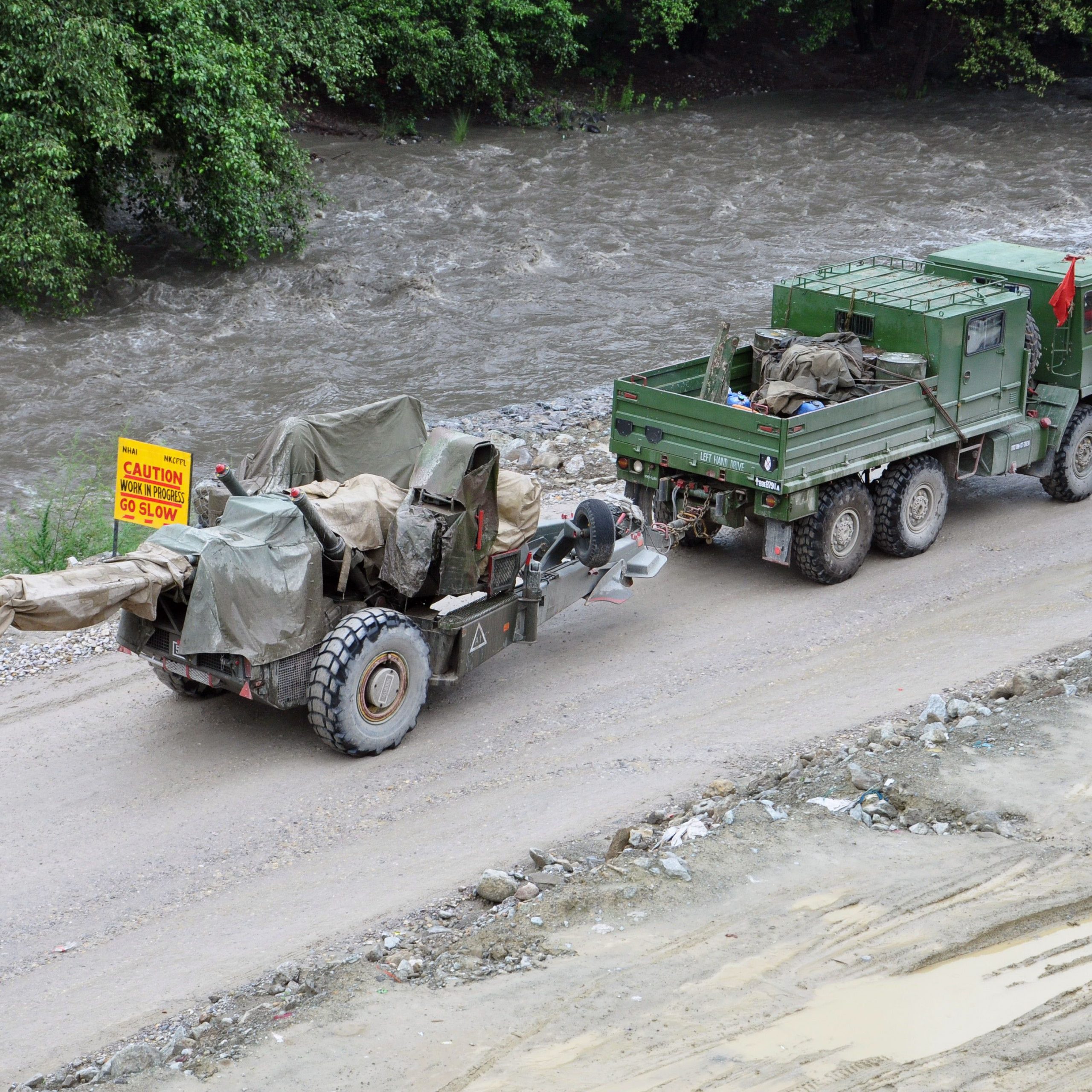
Army has filled in the gaps created due to the movement of the division to the forward positions using the resources available to it. India has deployed around 50,000 troops in the eastern Ladakh sector and has helped increase the force levels by more than double. In view of the Chinese aggression, the 14 Corps in Leh now has two divisions under it to take care of the China border including the Karu-based 3 Division. Some additional armored units have been deployed in the area which is seeing heavy troop mobilization since last year.
Last year in the April-May timeframe, the Chinese moved in troops swiftly from an exercise opposite eastern Ladakh and transgressed at multiple locations. The Indian government responded in a big way and deployed an almost equal number of troops there to keep the Chinese in check.
The situation had worsened to a point where bullets were fired on the China border after over four decades and 20 Indian soldiers lost their lives in a clash with the Chinese who have been hiding the number of their dead in the Galwan valley clash of June 15 last year.
The Indian Army has since then been a very high alert all along the LAC and further strengthening its positions on the LAC. Even though there has been a partial withdrawal of troops from the two banks of the Pangong lake, the tensions remain as the Chinese have been reluctant to move out from friction points in the Gogra Heights-Hot Springs area.
The two countries have held multiple rounds of talks to resolve the issue but not much success has been achieved so far.
Engaged in a military stand-off with India in Ladakh since last year, the Chinese Army has increased its activities along the Barahoti area in Uttarakhand along the Line of Actual Control there as a platoon of the People’s Liberation Army was seen operating recently. Sources said the security establishment feels that the Chinese may attempt some activity in this area but the Indian operational preparedness is high all along the central sector.
The Chinese activity at an air base near the Barahoti area has also gone up and a large number of drones have been deployed by them there, they said.
















